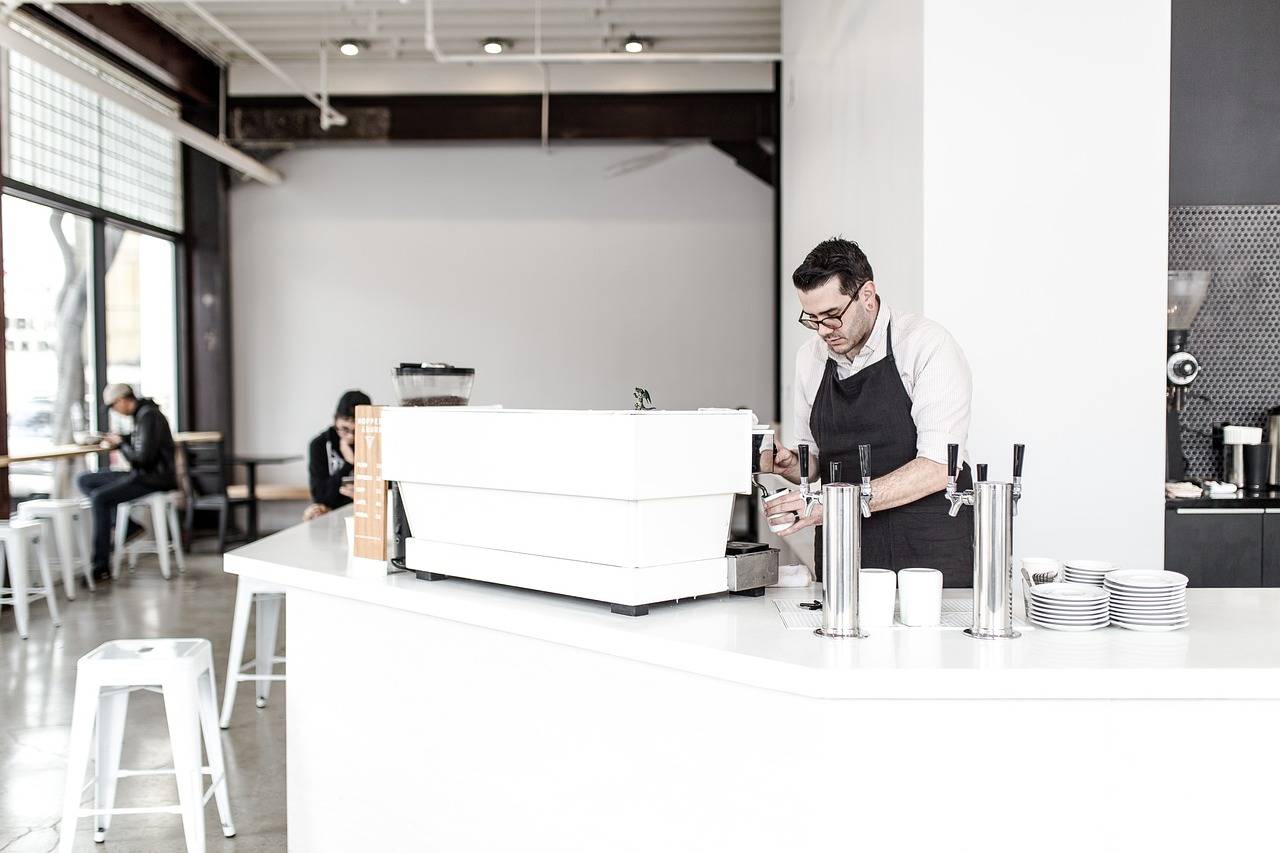The Impact of COVID-19 on Shopping Behaviors
Amidst the pandemic, various factors have played a significant role in shaping consumer spending habits. The uncertainty surrounding the economy and job security has led many individuals to approach spending with caution. Fear of potential financial instability has caused a shift towards essential purchases, with consumers prioritizing necessities over luxury items. Additionally, the restriction measures put in place have influenced spending patterns, as people spend more time at home and cut back on expenses related to travel and dining out.
Furthermore, the increased availability and convenience of online shopping have also impacted consumer spending habits during the pandemic. With restrictions on in-person shopping, many have turned to e-commerce platforms to fulfill their purchasing needs. The ease of browsing, ordering, and receiving goods at the comfort of their own homes has led to a surge in online shopping activities. This shift towards digital shopping experiences has not only provided consumers with a safer alternative but has also changed the way they interact with brands and make buying decisions.
Shift towards online shopping and e-commerce platforms
The ongoing pandemic has accelerated the shift towards online shopping and e-commerce platforms. With restrictions on in-person shopping and concerns about health and safety, consumers have turned to the convenience of online retail. This transition has led to a significant increase in online sales across various industries, ranging from groceries to electronics, as people seek ways to fulfill their needs from the comfort of their homes.
As consumers adapt to the new normal, businesses have also pivoted their strategies to meet the growing demand for online services. Many traditional brick-and-mortar stores have expanded their online presence or shifted entirely to e-commerce platforms to reach a wider customer base. This shift not only benefits businesses by increasing their reach but also provides consumers with more options and convenience in their shopping experience.
What are some factors influencing changes in consumer spending habits during the pandemic?
Some factors include safety concerns, convenience, limited access to physical stores, and an increase in online shopping options.
Why have there been a shift towards online shopping and e-commerce platforms?
The shift towards online shopping and e-commerce platforms has been driven by the need for contactless shopping, convenience, and a wider range of products available online.
How have e-commerce platforms adapted to meet the increased demand during the pandemic?
E-commerce platforms have expanded their product offerings, improved their user experience, and implemented safety measures to meet the increased demand during the pandemic.
What are some benefits of online shopping compared to traditional in-store shopping?
Some benefits of online shopping include convenience, a wider selection of products, the ability to compare prices easily, and the option for contactless delivery.
Will the shift towards online shopping continue even after the pandemic is over?
It is likely that the shift towards online shopping will continue even after the pandemic is over, as consumers have become accustomed to the convenience and benefits of shopping online.






